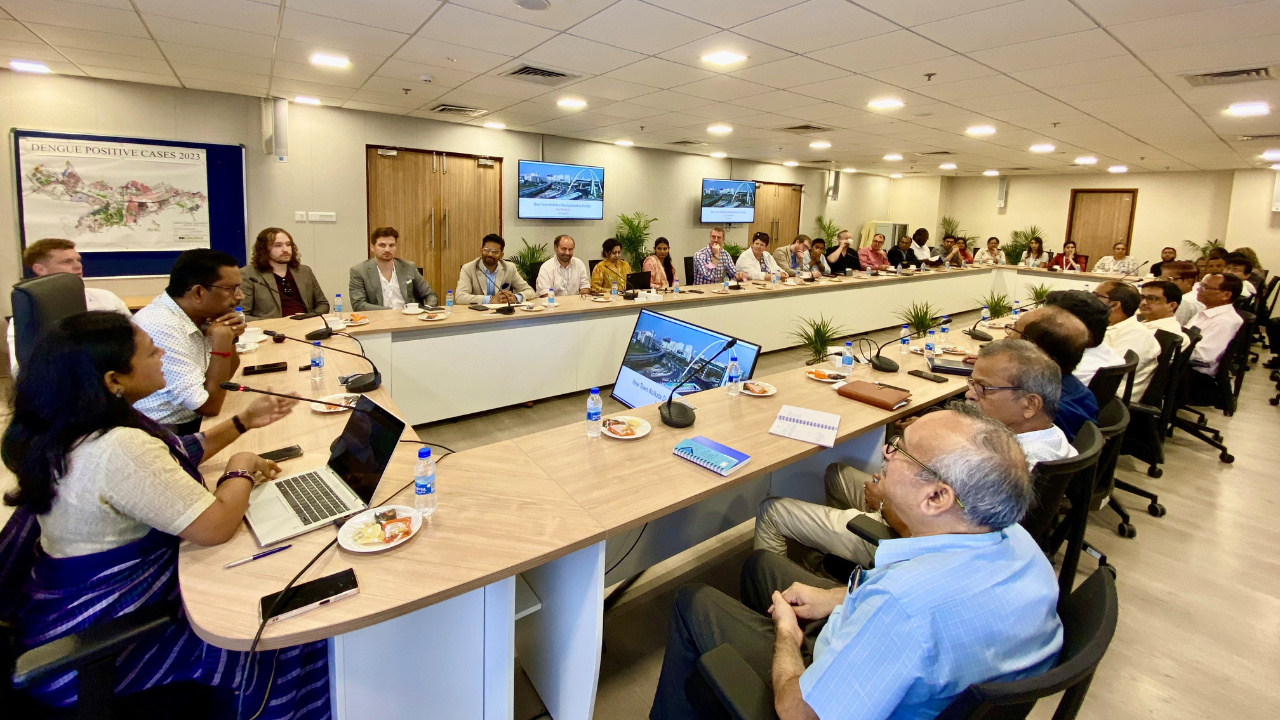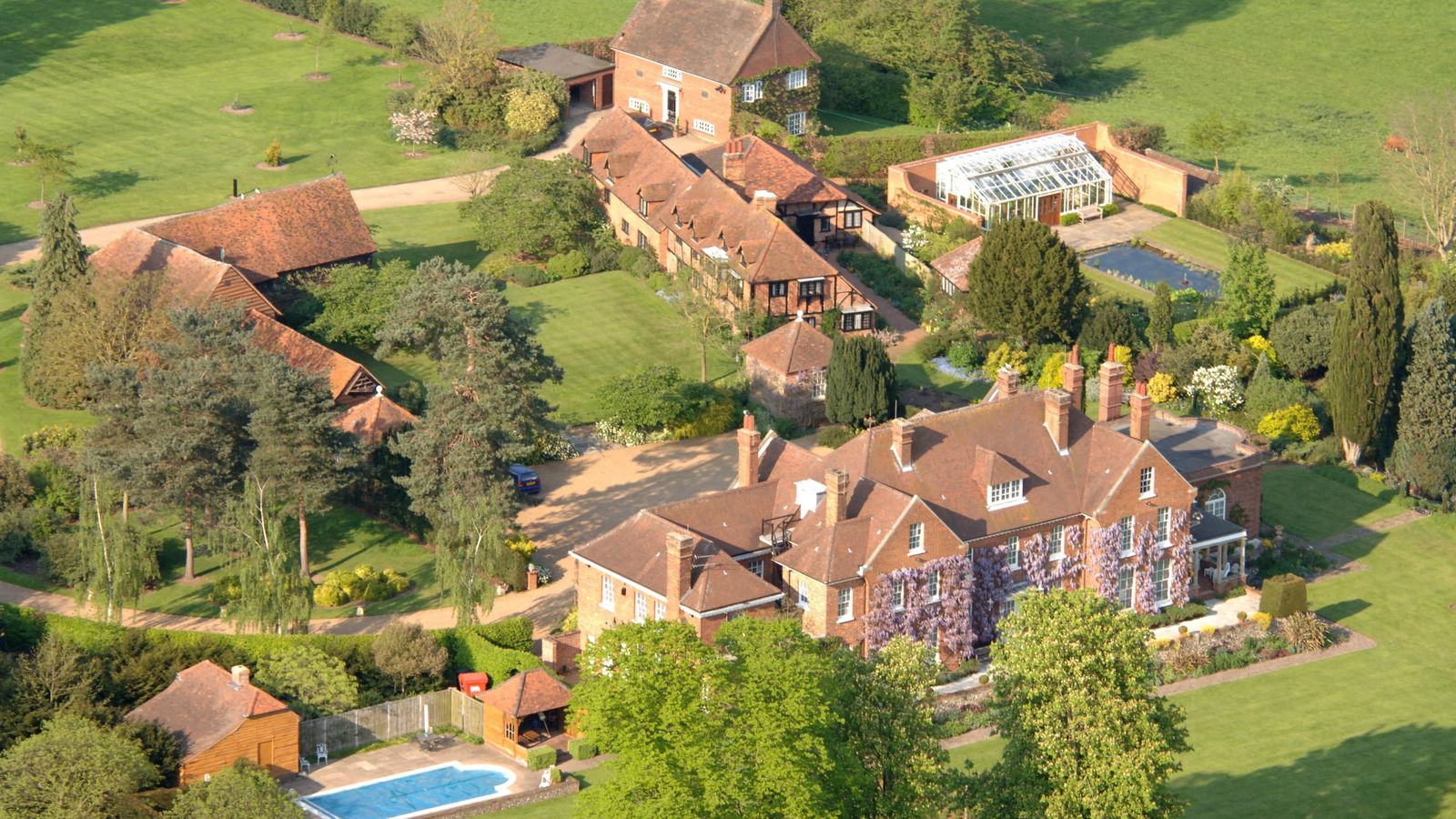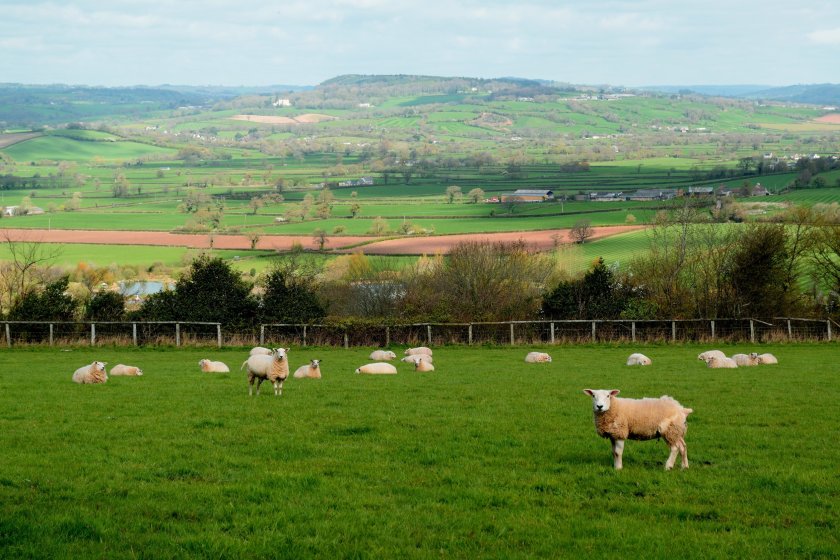Line by line, hand-drawn elegance from a millennium. On April 26, the exhibition “A Thousand-Year Glance: Landscapes of Belt and Road Countries in Thangka Paintings” will be successfully held at the Bangkok China Cultural Center in Thailand, jointly organized by the Bangkok China Cultural Center and the China International Cultural Exchange Center . and hosted by Beijing Renmei Creative Academy. Taking Tibetan thangka painting as a starting point, this event showcases the rich cultural heritage and diverse landscapes of the countries along the Silk Road, adding new dynamism to the civilizational exchanges of the Silk Road. The event not only demonstrates the brilliant charm of Chinese Thangka culture and art, strengthens the mutual understanding and consensus between China and Thailand in Buddhism, but also promotes and lends emotional exchange and cultural exchange between the people of China and Thailand The deepening of Buddhism gave new strength to friendship and cooperation between the two countries.
More than a hundred guests from the fields of politics, culture, tourism, art, business and media from China and Thailand attend this event, including Minister Advisor Wu Zhiwu from the Chinese Embassy in Thailand, Inspector General Lekcharoensuk from the Thai Ministry of Culture, Minister Advisor Chang Yumeng from the Chinese Embassy in Thailand, Director Que Xiaohua from the Bangkok China Cultural Center and Director of the China Tourism Office in Bangkok, Vice Chancellor Phra Shuai from the Mahachulalongkornrajavidyalaya Buddhist University of Thailand, cultural expert and leader of the “Thousand”. Thangkas of the “Master Padmasambhava” project, Tsering Dorje, director Han Shenglong of the Confucius Institute of Chulalongkorn University and Feng Yao, general manager of Beijing Renmei Art Creation Institute Co., Ltd.

Wu Zhiwu expresses that cultural exchange and mutual learning are the spiritual wealth left by the ancient Silk Road. Promoting people-to-people connectivity through cultural exchanges is also an important part of international cooperation in building the Belt and Road Initiative. This thangka exhibition takes this opportunity to create a platform for cultural exchange and cooperation between China and Thailand with the beauty of cultural art and highlight the important role of thangka art as a treasure of traditional Chinese painting in enhancing cultural exchange and to highlight cooperation between Belt and Road countries.

Lekcharoensuk states that Thangka is a traditional ancient painting art from Tibet, China. These works of art enable the Thai people to appreciate the deep essence of the excellent traditional Chinese culture, thus enabling a deeper understanding of Chinese art and culture. They promote exchange and mutual learning between civilizations. He hopes that these works of art can further deepen the friendly relations between “China and Thailand as a family.”

Que Xiaohua said improving cultural exchanges is an important way to build a community with a shared future for humanity. As one of the most important forms of traditional Chinese painting, Thangka demonstrates the diverse connotations of ancient Chinese painting techniques and religious culture, enabling the people of Thailand to have a deeper understanding of traditional Chinese culture. This deepens cultural exchanges and understanding between China and Thailand and promotes the development of China-Thailand relations in a broader area.

In recent years, China and Thailand have used the concepts of “China and Thailand as one family” and “heart-to-heart connection” as important foundations. Together they promote the high-quality joint development of the “Belt and Road Initiative” and build a Chinese-Thai community of shared destiny. Both Thailand and China are heavily influenced by Buddhism. Thai Buddhism and Chinese Buddhism are like two rivers that flow from the same source, each flowing powerfully and bringing with them knowledge and insights of compassion and wisdom. Chinese thangka painting, a long-standing art form and part of the intangible cultural heritage of China and the world, represents Tibetan culture with its meticulous brushwork, bright colors and deep thematic content and is of great historical and cultural significance.
 The atmosphere at the event is lively.
The atmosphere at the event is lively.
Tibetan Buddhism is one of the systems of Chinese Buddhism. In the second half of the 8th century, Guru Padmasambhava introduced Buddhism to Tibet, officially beginning the spread of Buddhism in the region. This exhibition selectively displays 40 classic works from the “A Thousand Thangkas of Master Padmasambhava” project, presenting the legendary stories of Guru Padmasambhava, a principal founder of Tibetan Buddhism, in various locations at the foot of the Himalayas, from China to Nepal to ancient India, including present-day Thailand. Each thangka has rich historical and cultural significance and showcases the unique characteristics of the countries along the New Silk Road. This exhibition is the first public presentation of the “A Thousand Thangkas of Master Padmasambhava” project abroad.

 Guests visit the thangka painting exhibition
Guests visit the thangka painting exhibition
At the event, professional guides offer a variety of interpretations of the creative history and development of thangka works and give detailed explanations of classic thangka pieces. During the exhibition, guests continue to admire the unique charm and meticulous details of the thangkas and say that this is the first time they have seen authentic thangkas up close. The atmosphere is lively as everyone interacts and exchanges opinions.
 Professional guides interpret thangka works for guests.
Professional guides interpret thangka works for guests.
Additionally, the event features an interactive area for thangka painting experiences. Guests take part in tracing thangkas, experience the art of dyeing and gilding in the thangka painting process, and discover the charm of this ancient art. The event also offers thangka souvenirs and simulated thangka gifts to guests, who eagerly take photos to commemorate their visit.
 Guests personally experience the search for traces of thangkas.
Guests personally experience the search for traces of thangkas.
 Guests take photos to commemorate their visit.
Guests take photos to commemorate their visit.





























